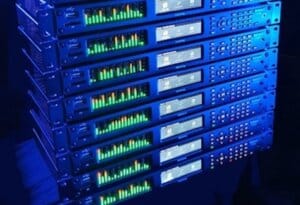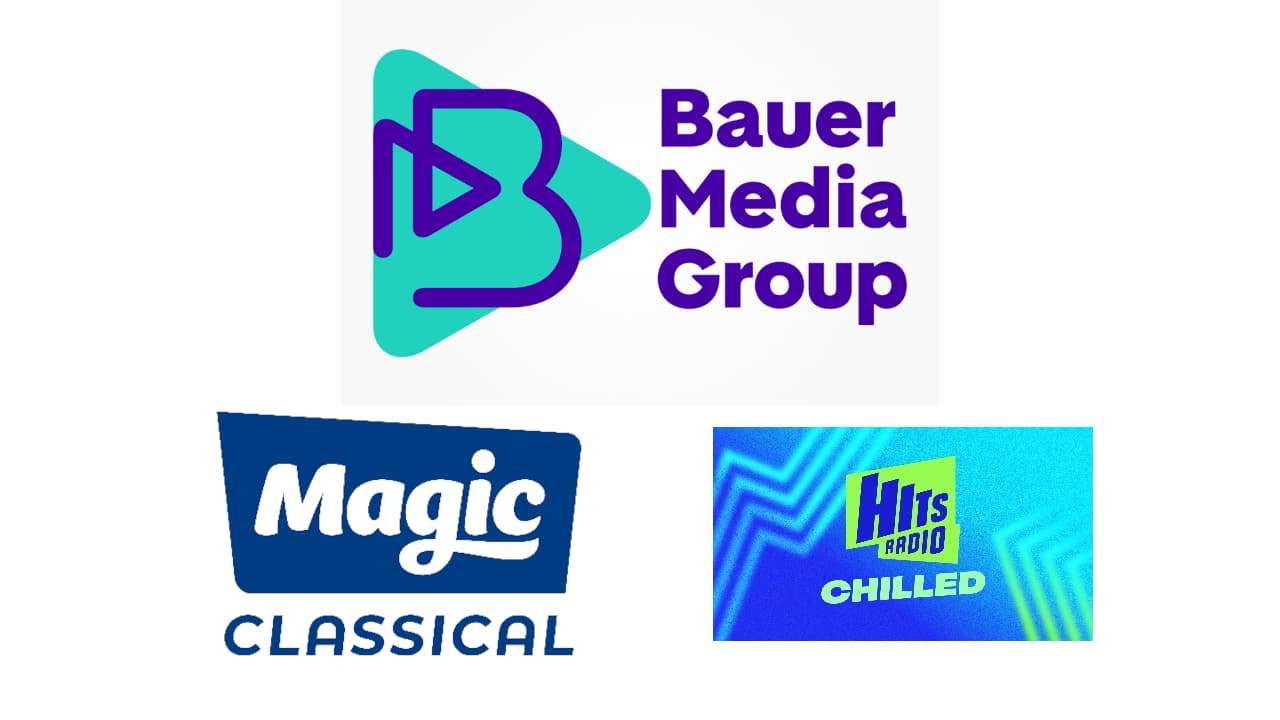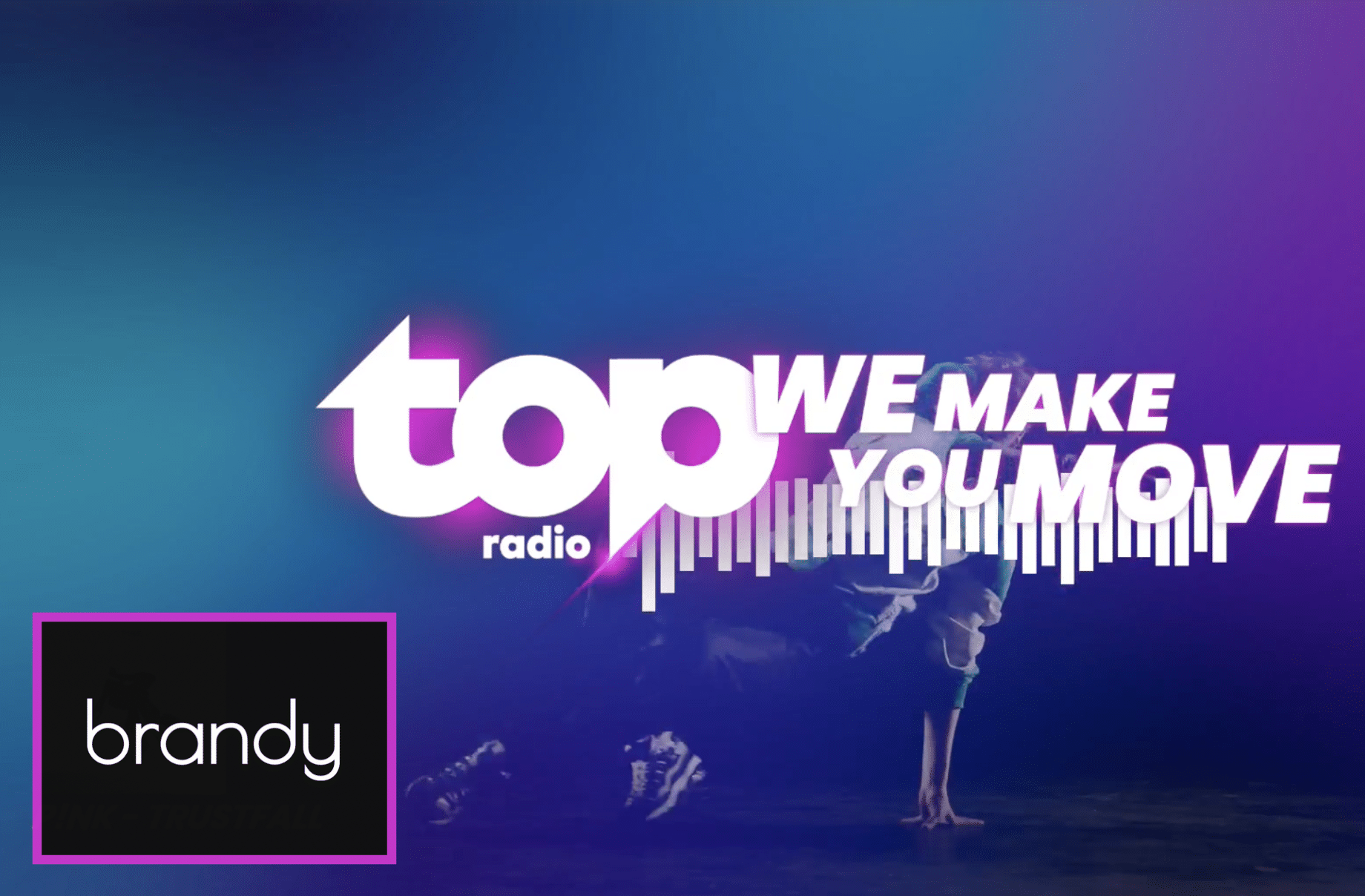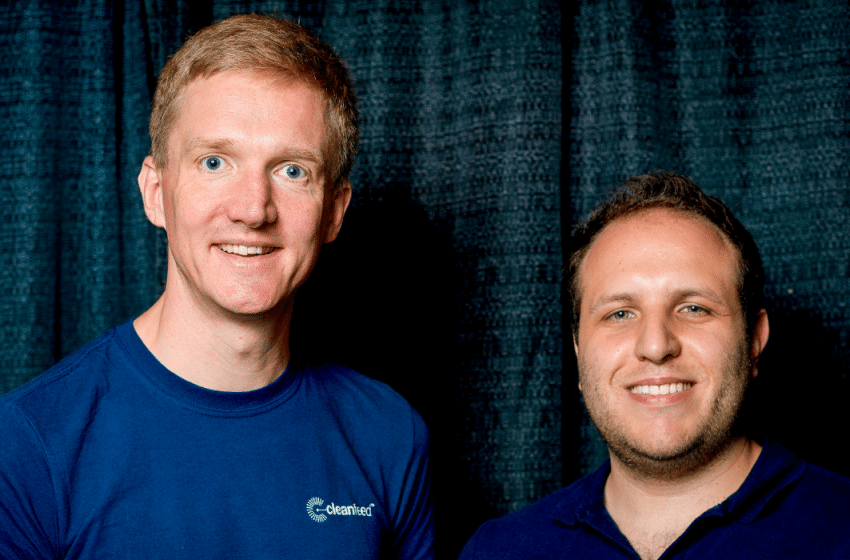
DALLAS — TM Studios knows all about the power of a good earworm. For over 50 years, it has created jingles, station idents, tags, slogans, and music beds for the international radio community. The company estimates that more than 40 million people hear its “mini hits between the hits,” every day.
Based in Dallas, Texas, TM Studios is currently owned by British music producers Dave Bethell and Chris Stevens and American singer, writer and producer Greg Clancy. They acquired the business from Cumulus Media’s Westwood One in December 2020.
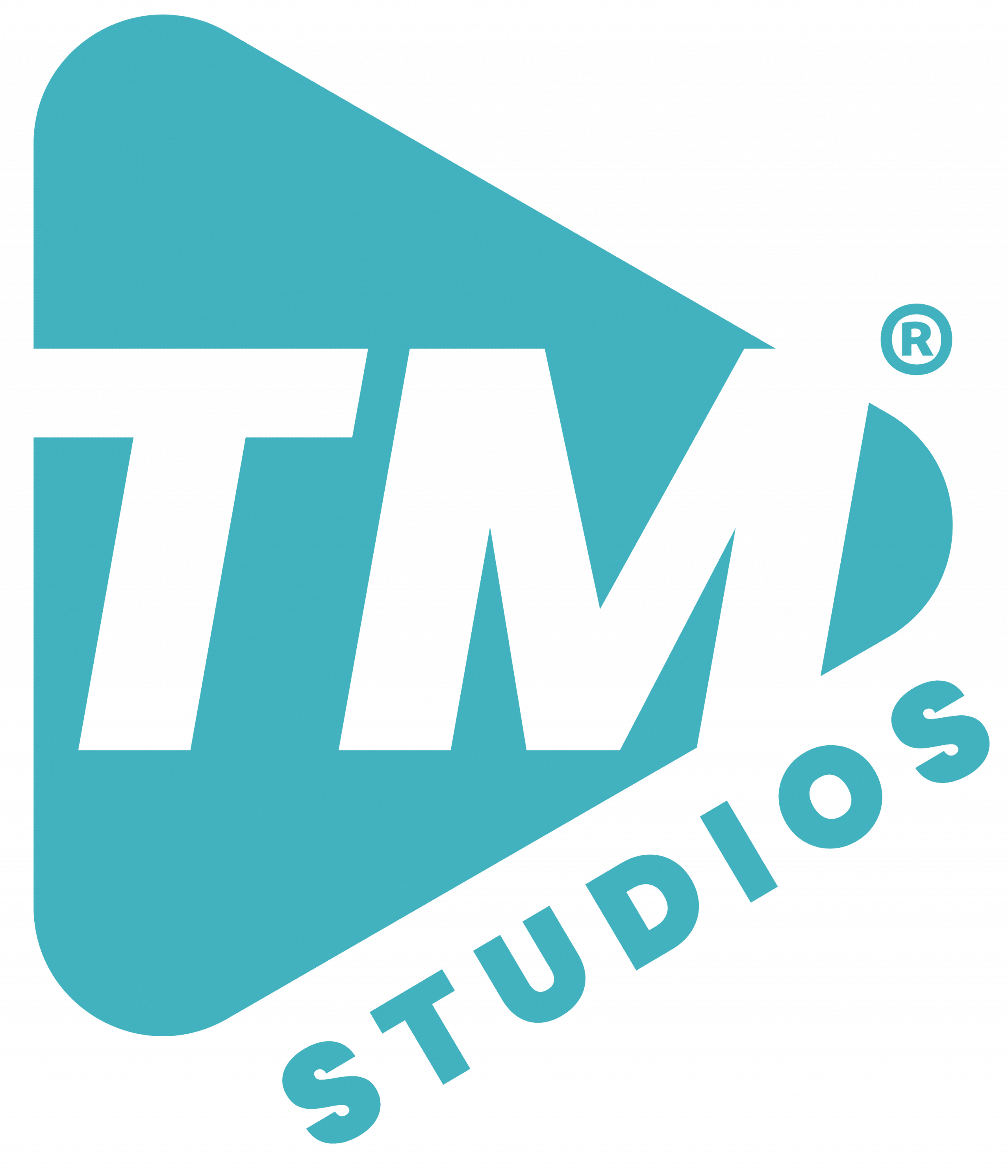
“It was a crazy time to buy a business,” says Bethell. “We were right in the middle of a global pandemic, and everyone had stopped spending. Audio branding was the last thing anyone wanted to think about.”
However, Bethell was confident that realigning TM Studios with the entrepreneurial spirit that started the company was the only path to take.
“I knew the company well because I had been working for TM as a composer and consultant for almost 20 years,” he explains. “When I joined the company full-time in 2019, it was failing its corporate owners. I realized independence was its future, so I put together a plan to acquire the business.”
The need to do things differently
Acquiring TM Studios at such a difficult time meant thinking outside the box and finding new ways for the business to operate. “We needed to do things differently, says Bethell. “TM has a history of reinventing itself — it is one of the reasons it has survived for more than 55 years. We began by looking at how we could be nimbler than our competitors. We also listened to our customers and identified the problems they were facing every day. Then we set out to resolve them.”
Budgets were the biggest problem. Radio stations still needed high-quality audio branding to support their lifeblood advertising revenue but weren’t in a position to pay top dollar. In addition, lockdown made it impossible to bring musicians into the studio or for clients to be present. Faced with this stark reality, TM Studios had to work remotely if it wanted to keep its revenue flowing.
The answer, says Bethell, was two-pronged. Firstly, the company had to restructure operations at its Dallas headquarters and bring in freelance talent on a project-by-project basis; secondly, it needed to install live recording software into its workflow so that musicians and clients could participate in remote sessions. For the latter, it turned to Cleanfeed.
Faced with this stark reality, TM Studios had to work remotely if it wanted to keep its revenue flowing.
An online studio for live recordings
Launched in 2014 and developed in the United Kingdom by Marc Bakos and Mark Hills, Cleanfeed is an Emmy Award-winning software solution for capturing broadcast-quality live audio over the internet. Billed as “an online studio for live audio and recording,” Cleanfeed provides remote collaboration for a wide range of professional audio applications and gives audio professionals the flexibility and agility to record talent anywhere in the world.
Having such capability proved critical. During the pandemic, musicians who normally made their living playing live were suddenly out of work. Bethell realized that tapping into this latent talent pool would be essential to TM Studios’ success. But there was an issue. “Many of these musicians were setting up home studios and were scattered all over the country,” he explains. “The question was how could we connect to them and direct them during a session? We could connect over a video call, but most of those applications didn’t have the audio quality we needed for professional results. Cleanfeed was a massive part of the solution.”
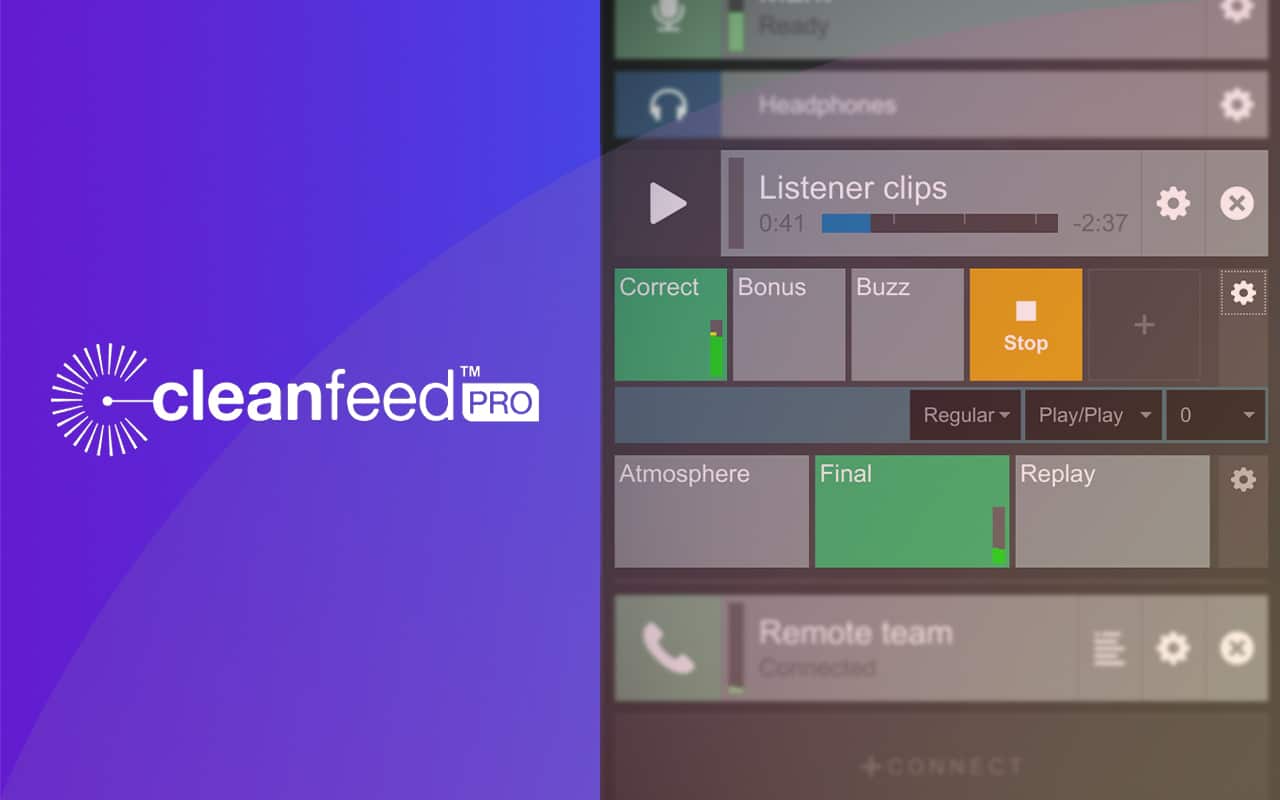
In conjunction with his engineering team in Dallas, Bethell found a way to run Cleanfeed through the SSL console in his California studio. “It was what I’d call a plug-it-and-patch-it-and-try-stuff-out approach,” he laughs. “It was trial and error. We patched Cleanfeed into two faders on the console, giving me two channels of stereo both ways. This meant I could monitor the musicians and have them on talkback. I ran Pro Tools on my studio computer so all the audio went through one sound card, then used a second machine to run the Cleanfeed input and output through a separate set of faders.”
Sessions usually involved musicians in their home studios or TM’s Dallas facility. “They could hear me and the track they were playing to, while I could hear everything and share the Pro Tools screen with my engineers in Dallas where the recording was taking place,” he says. “We had a camera set up, too, so I could see what was happening in the main studio via Zoom, which had its audio muted.”
Nearly three years on from its first introduction into TM Studios’ workflow, Bethell and his team use Cleanfeed on virtually every piece of audio it produces. It has become adept at connecting and working remotely with musicians worldwide, which means it can keep overheads low and negotiate much better rates for its clients.
The author is a freelance writer based in the United Kingdom specializing in the music and broadcast industries.


